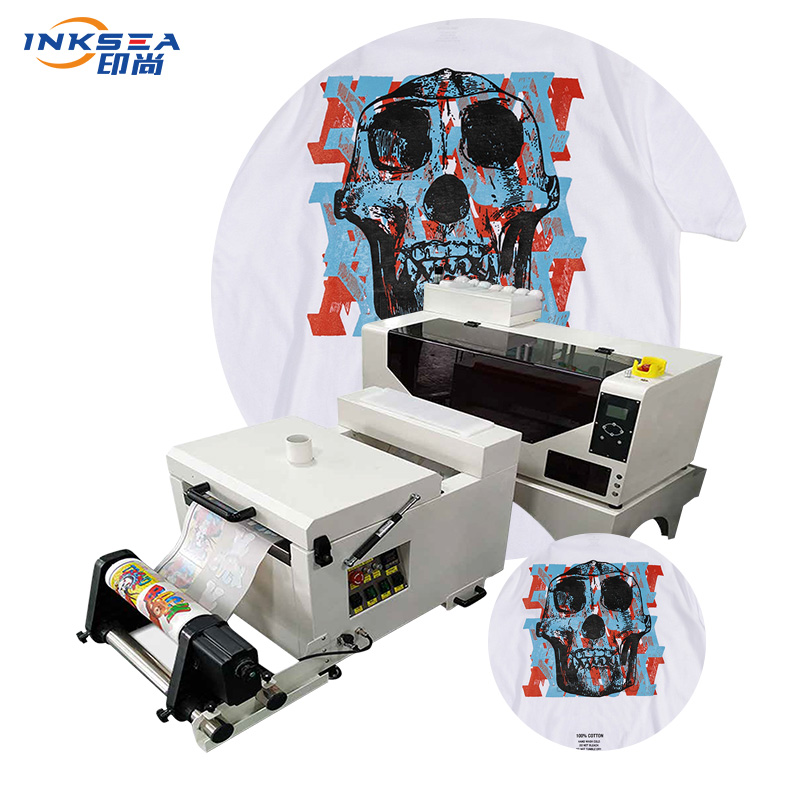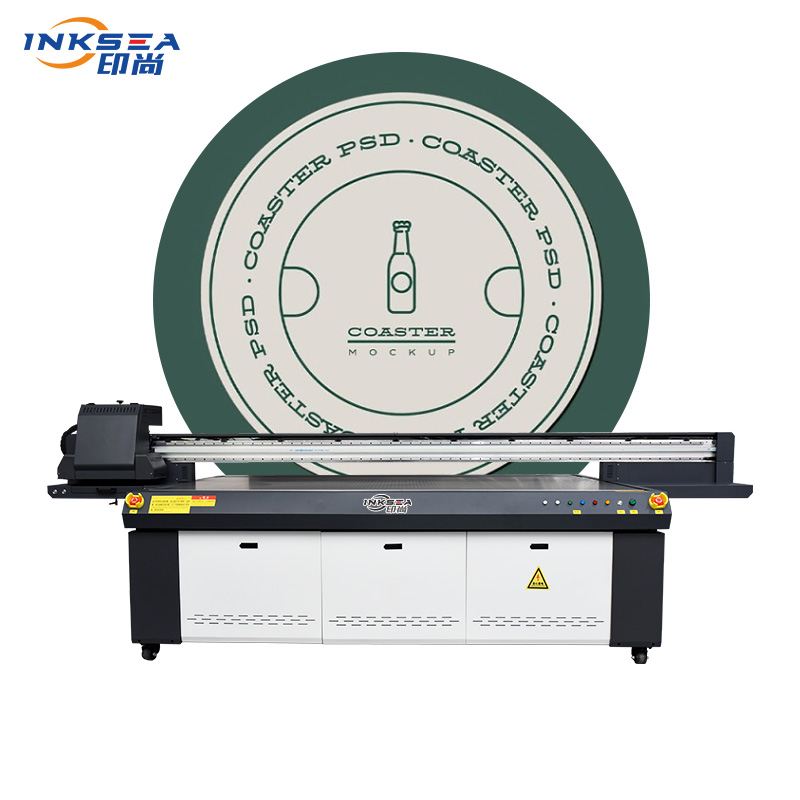- English
- Español
- Português
- русский
- Français
- 日本語
- Deutsch
- tiếng Việt
- Italiano
- Nederlands
- ภาษาไทย
- Polski
- 한국어
- Svenska
- magyar
- Malay
- বাংলা ভাষার
- Dansk
- Suomi
- हिन्दी
- Pilipino
- Türkçe
- Gaeilge
- العربية
- Indonesia
- Norsk
- تمل
- český
- ελληνικά
- український
- Javanese
- فارسی
- தமிழ்
- తెలుగు
- नेपाली
- Burmese
- български
- ລາວ
- Latine
- Қазақша
- Euskal
- Azərbaycan
- Slovenský jazyk
- Македонски
- Lietuvos
- Eesti Keel
- Română
- Slovenski
- मराठी
- Srpski језик
ABOUT THE ADVANTAGE
2023-08-02
1.Advantages

(1) Short cycle
Digital printing does not need film, automatic pre-press preparation, the printing machine directly provides proofing, eliminating the traditional printing plate, without film, simplifying the plate-making process, and omitting a series of traditional printing process such as plate positioning, ink balance. Comparison of digital printing and traditional offset printing process:(2) The unit cost of digital printing has nothing to do with the number of prints, and the number of prints is generally 50-5000 prints.
(3) The fast and flexible digital printing is impossible to do with traditional printing.
Because the printing plate or photosensitive drum in the digital printing machine can generate images in real time, the file will not cause or cause damage even if it is modified before printing.
Electronic plates or light-sensitive drums allow you to change the image or text on each page as you print.
(4) Facilitate digital connection with customers
Print jobs are made into electronic documents, and all documents are transmitted through high-speed long-distance communications, including the Internet, connecting customers and printing services organically, as never before.

2. Market advantage
(1) Print on demand market
POD is the meaning of on-demand printing, the English full name is "Printon-Demand". Publications that are frequently revised and need to be updated, such as user manuals, documents and policy brochures, can be easily completed through the system. It is also particularly suitable for printing publications that incorporate a lot of images, such as technical publications that include charts, photographs, software, and screen displays. Digital presses, traditionally called "short runs" when printed in fewer than 5,000 copies, such as Xerox's DocuTech, now account for 85% of the work produced on previously small presses and copiers in the United States, and the trend is beginning to shift to color presses.

(2) Variable data input printing
In digital printing, the image or text on each page can be continuously changed in a single print, which is called personal printing, a need that cannot be addressed in traditional printing.
(3) Distribution and printing
Digital printing ensures that reprints are as effective as the first, so there is no reason to require a document to be printed simultaneously in the same place. Every company wants to keep storage and shipping costs to a minimum.
Previous:UV PRINTER 'S ADVABNTAGES






